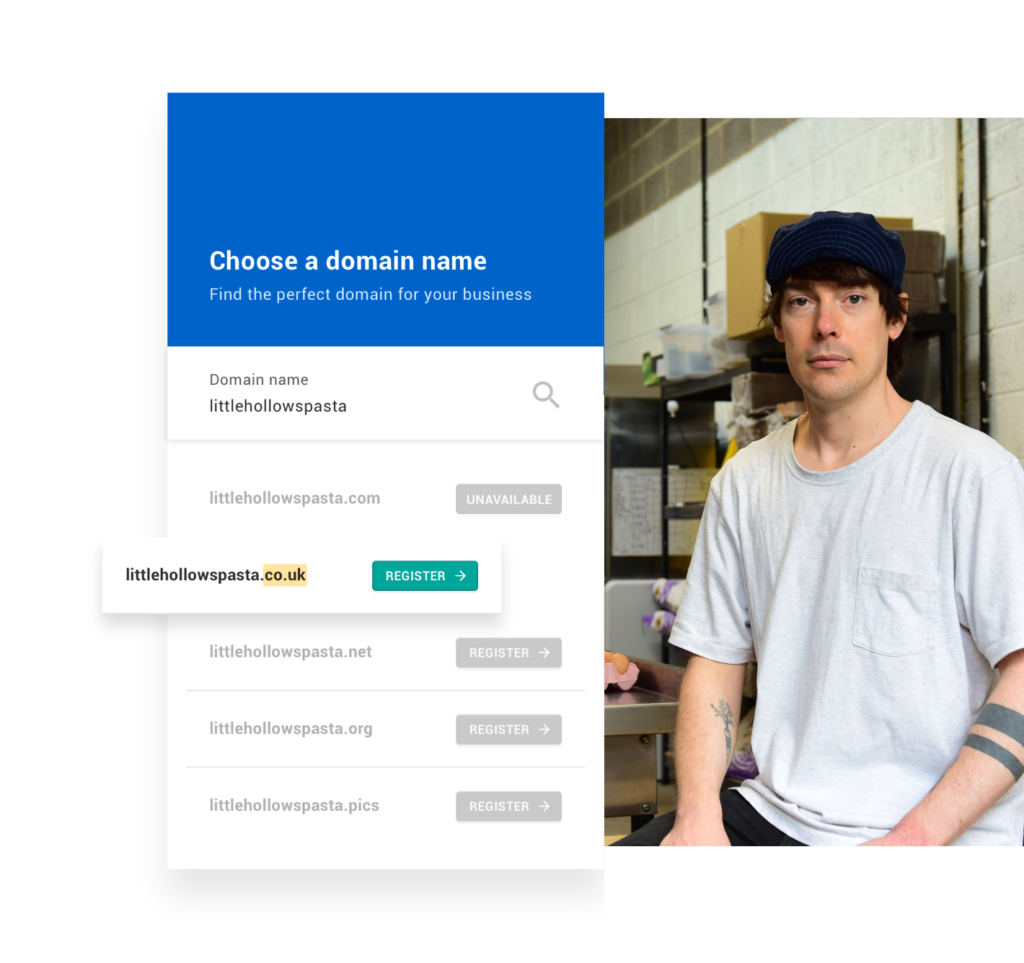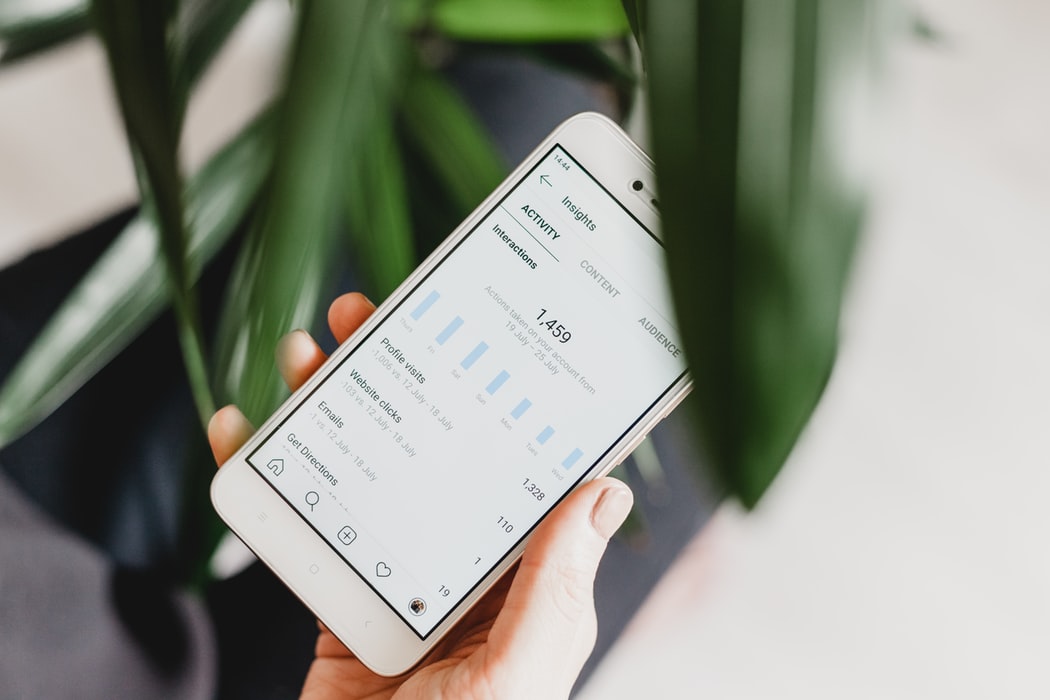A huge part of the success of marketing your new website could come down to its presence on social media. Read on to discover how social media can help to get your website noticed!
Create a social media presence
If you don’t already have your social media accounts set up for your business, then the launch of a new website is the perfect time to do so!
You should first decide which networks are the most suitable for your brand. For example, if you are a B2C business that sells visually enticing products, then Instagram could be the perfect platform for you. On the other hand, if you are a B2B company looking to work with some of the industry’s experts, then perhaps LinkedIn is the best platform for your business to be on.
Once you have decided on the platforms, create your accounts, selecting the same username across the platforms and filling out all the profile information, including placing your new website’s URL address in the main body of the profile.
Get followers
The next important step is to begin to gain a following. Do this by inviting your colleagues, friends, family and customers to follow your profile, as well as by creating posts with relevant hashtags and location tags to draw in users that could be interested in your business.
Ensure you post to your page on a regular basis, using a range of engaging and informative posts which include call-to-actions that drive users to your website.
Use paid ads to promote your website
All the major social media networks offer a variety of ad spend services that can promote website URLs. Whether you choose to boost a Facebook post, promote Pinterest pins or Instagram stories, there are a plethora of opportunities for you to select.
When using paid ads, you can select who sees your adverts based on their interests, location, age and much more. This will help the right people to see your website on their social feeds.
Create teasers
When launching your new site, it can be fun to drum up excitement by launching teaser images on your social media sites. You can blur, curtain or paste a ‘coming soon’ sticker over a screenshot of your website to get your followers excited.
Share customer testimonials
Once a few customers have used your service or purchased your products, you can ask them to send you a review and start sharing it on social media.
According to a recent YouGov poll, it is becoming clear that people trust other people’s opinions of products/services, rather than brands talking about how great their products are. Therefore, using customer testimonials on your social networks can be another way of driving more traffic to your new website. Make sure to include a CTA (call to action) to your website to drive people to where you’d like them to be.
Launching your new website is an exciting first step in growing your business. In today’s world, it’s crucial that every business has a professional online presence to succeed. If you’re considering your options for getting online, check out Go Sitebuilder for free! You won’t need to hire an expensive professional, and you won’t need to learn any new skills. Try it now and see just how easy it is to build your dream website.













